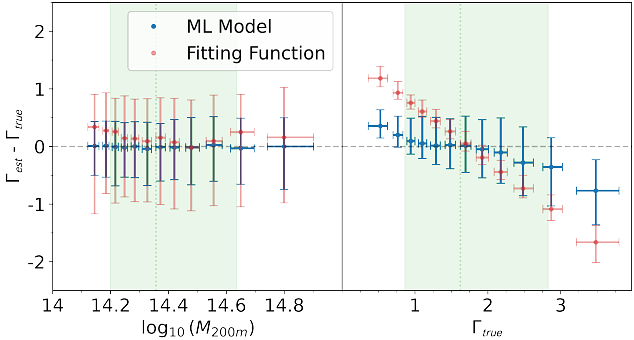A Multi-Wavelength Technique for Estimating Galaxy Cluster Mass Accretion Rates

A Multi-Wavelength Technique for Estimating Galaxy Cluster Mass Accretion Rates
John Soltis, Michelle Ntampaka, Benedikt Diemer, John ZuHone, Sownak Bose, Ana Maria Delgado, Boryana Hadzhiyska, Cesar Hernandez-Aguayo, Daisuke Nagai, Hy Trac
AbstractThe mass accretion rate of galaxy clusters is a key factor in determining their structure, but a reliable observational tracer has yet to be established. We present a state-of-the-art machine learning model for constraining the mass accretion rate of galaxy clusters from only X-ray and thermal Sunyaev-Zeldovich observations. Using idealized mock observations of galaxy clusters from the MillenniumTNG simulation, we train a machine learning model to estimate the mass accretion rate. The model constrains 68% of the mass accretion rates of the clusters in our dataset to within 33% of the true value without significant bias, a ~58% reduction in the scatter over existing constraints. We demonstrate that the model uses information from both radial surface brightness density profiles and asymmetries.